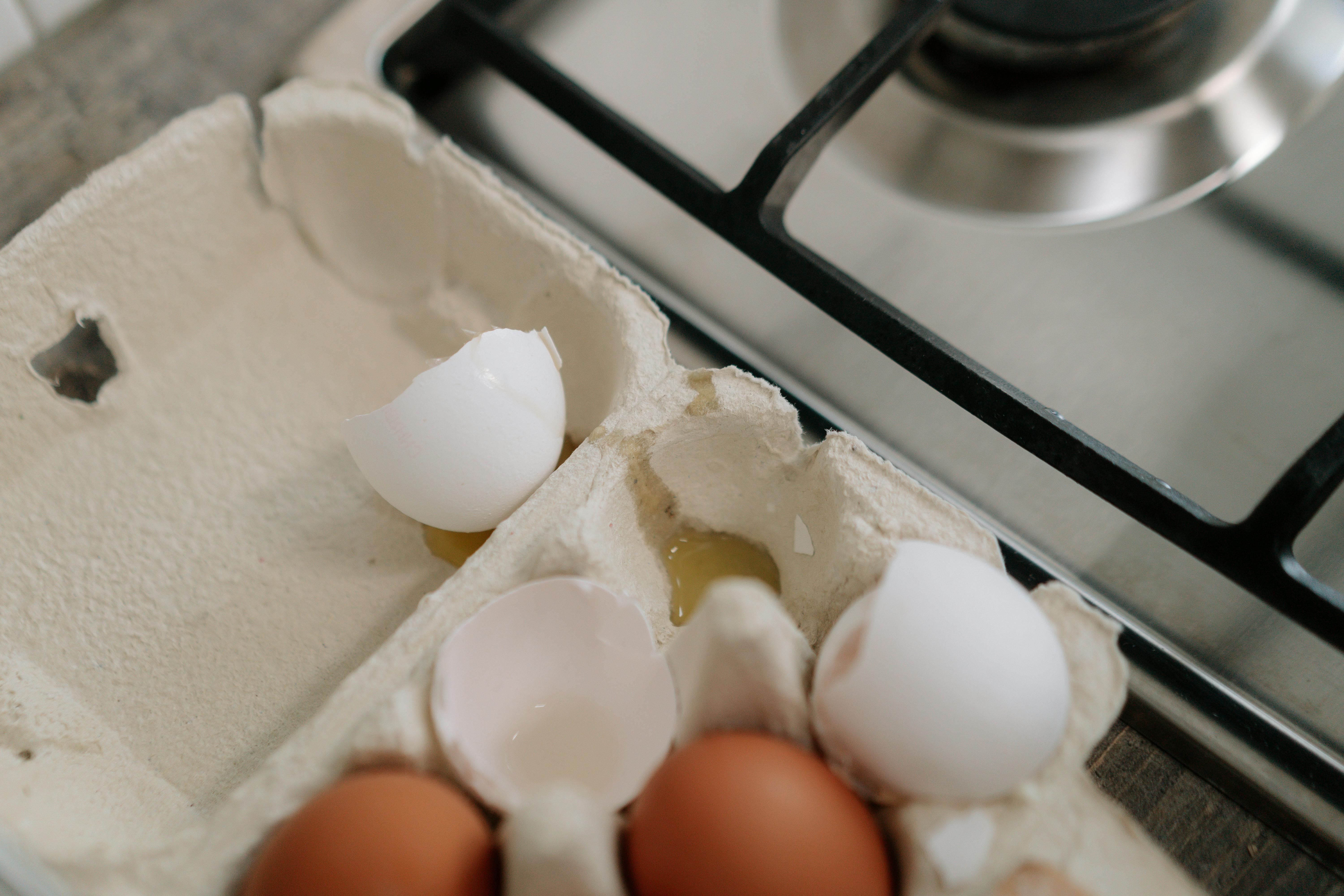
How to Properly Turn On Bluetooth on Your Device in 2025: Simple Steps to Connect

Essential Steps to Activate Bluetooth on Different Devices
As we embrace newer technologies in 2025, knowing how to turn on Bluetooth on your various devices remains crucial. Bluetooth technology empowers wireless connections between devices, such as headphones, printers, and smartphones. With the rising demand for seamless connectivity, following simple steps to activate Bluetooth will enhance your daily tech experience.
In this guide, we'll delve into how to enable Bluetooth on various operating systems, troubleshoot your Bluetooth connections, and optimize your Bluetooth settings for the best performance. Let's begin by exploring the activation process across different device types.
How to Enable Bluetooth on Windows
To activate Bluetooth on Windows, first, ensure your device supports Bluetooth functionality. Locate the Bluetooth icon in your taskbar or system tray. If you don’t see it, navigate to Settings > Devices > Bluetooth & other devices. From here, toggle the Bluetooth switch to the "On" position. You may see messages about your Bluetooth drivers if they require updating. It's crucial to keep your Bluetooth drivers current for optimal performance.
After turning on Bluetooth, click on “Add Bluetooth or other devices” to search for available devices. Once your desired device appears, click on it and follow the prompts to complete the pairing process.
For any Bluetooth connectivity issues, remember to check for Bluetooth updates via the Windows Updates section in your settings.
Activating Bluetooth on macOS
For macOS users, activating Bluetooth involves a few simple clicks. Click the Apple menu > System Preferences > Bluetooth. Here, you can turn Bluetooth on and observe connected devices. If prompted to reconnect a Bluetooth device, select it from the list and click on “Connect.” Always ensure your device is visible and in range for successful pairing.
If Bluetooth doesn’t turn on, check if your version of macOS is up to date. This can often resolve unexpected Bluetooth issues and maintain proper functionality.
Turning On Bluetooth on Android Devices
Accessing Bluetooth settings on Android is easy. Start by going to Settings > Connected devices > Connection preferences > Bluetooth. There, toggle the Bluetooth switch to enable it. If you're looking to improve Bluetooth connectivity, keep your device’s software updated and check your Bluetooth range during use.
Remember, some devices have a dedicated Bluetooth toggle in the quick settings menu. Swipe down from the top of the screen, locate the Bluetooth icon, and toggle it on or off as needed.
How to Turn On Bluetooth on iPhone
On an iPhone, enabling Bluetooth is straightforward. Open the Settings app and select Bluetooth. Toggle the switch to turn on Bluetooth, and your iPhone will automatically search for available devices. Be aware that turning Bluetooth on will keep your phone discoverable to other devices nearby, so managing your visibility settings is a good practice if privacy is a concern.
To troubleshoot any pairing issues, try resetting Bluetooth settings by navigating to Settings > General > Reset > Reset Network Settings. This can help restore connections with previously paired devices.
Checking Bluetooth Status and Troubleshooting
Verifying your Bluetooth status is essential when experiencing connectivity problems. For Windows, check the Bluetooth settings pane to ensure the device is listed and connected properly. On macOS and mobile devices, similar processes allow you to see connected devices and their status. Common issues include devices not showing or failing to connect, which can often be resolved by restarting the device or resetting Bluetooth settings.
For comprehensive troubleshooting steps, consult the Bluetooth troubleshooter built into Windows or the help sections in Android and iOS for guidance on resolving specific issues.
Advanced Bluetooth Settings to Enhance Connectivity
Once you have activated Bluetooth successfully, there are several advanced settings you can adjust to optimize your experience. Understanding and customizing these settings can help in managing your Bluetooth connections effectively and preventing common issues.
Adjusting Bluetooth Settings for Better Performance
Enhancing Bluetooth performance can involve adjusting the connection settings, especially if you use multiple Bluetooth devices. For instance, on Windows, you can navigate to the Bluetooth Options in the Control Panel to manage profiles and settings specific to audio, file transfers, and device discovery. Make sure your Bluetooth visibility is manageable and not inadvertently exposed.
For macOS, the Bluetooth preferences section allows you to customize similar settings. Setting your device in discovery mode temporarily while pairing new devices can also be beneficial.
Managing Bluetooth Connections Efficiently
Managing multiple Bluetooth devices can be tricky. Consider removing devices you no longer use from the list of paired devices to streamline the process. This can minimize confusion and ensure that your current devices connect quickly without interruption. Reconnecting Bluetooth devices should be straightforward; however, you may wish to restart your device for the best results.
Pairing new devices involves ensuring they are set to discoverable mode, and verifying they are within the appropriate range to prevent connectivity issues.
Bluetooth Security Settings to Consider
Bluetooth security is paramount, especially with increasing connectivity. Be cautious about which devices you connect to, and always ensure that they come from trusted sources. Many devices support secure connections, so enable security features whenever possible. Managing Bluetooth security settings involves understanding profiles and options provided by your device's operating system. Regularly check for updates related to Bluetooth security to ensure your devices are protected against vulnerabilities.
Enhancing Bluetooth Audio Settings
For those using Bluetooth audio devices, adjusting audio settings can make a significant difference in sound quality. Check audio preferences in your device's settings to ensure audio quality is optimized. Utilize equalizer settings if available on your device, and always verify the compatibility of devices for the best audio experience.
Common Bluetooth Connection Problems and Resolutions
Bluetooth connections can be fickle. If you encounter issues like devices not showing up or connectivity failures, start with basic troubleshooting methods. Check for Bluetooth updates, restart your device, and remember to check that your devices are discoverable. In many cases, simply turning Bluetooth off and back on can resolve these issues.
For more persistent problems, consider reinstalling Bluetooth drivers on Windows, checking for firmware updates on your audio devices, or resetting your Bluetooth settings altogether.
Q&A Section on Bluetooth Connectivity
What should I do if my Bluetooth is not showing?
If your Bluetooth is not showing, begin by checking that it is enabled in settings. Restarting your device can also help. Additionally, ensure that the Bluetooth device you wish to connect is powered on and in pairing mode.
How can I troubleshoot Bluetooth connection issues?
Begin troubleshooting by ensuring that Bluetooth is turned on and devices are visible. Check for software updates and restart your devices. If problems persist, consider re-pairing the devices by removing them from the Bluetooth settings and starting the pairing process anew.
Can I connect multiple devices to Bluetooth simultaneously?
Most devices allow you to connect multiple Bluetooth devices, but performance may lag if you connect too many simultaneously. It’s best to manage your connections and disconnect devices not in use.
What is Bluetooth LE?
Bluetooth Low Energy (LE) is a power-conserving variant of Bluetooth designed for use with low-energy devices. This technology enables devices to connect while consuming less power, ideal for gadgets like fitness trackers.
How to enable Bluetooth on a device for file transfer?
To enable Bluetooth for file transfer, activate Bluetooth in settings on both devices. Ensure they are visible to each other. Once paired, you can select the file you wish to send and choose the Bluetooth option as the transfer method.
